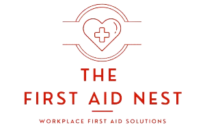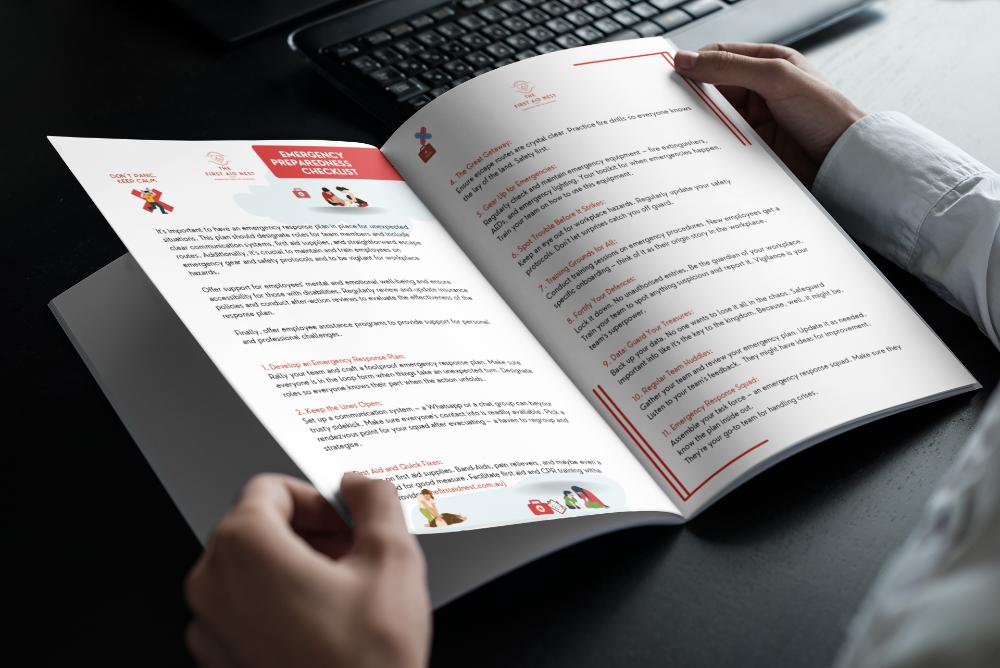CPR: Learning Life-Saving Techniques for Adults, Children, and Infants
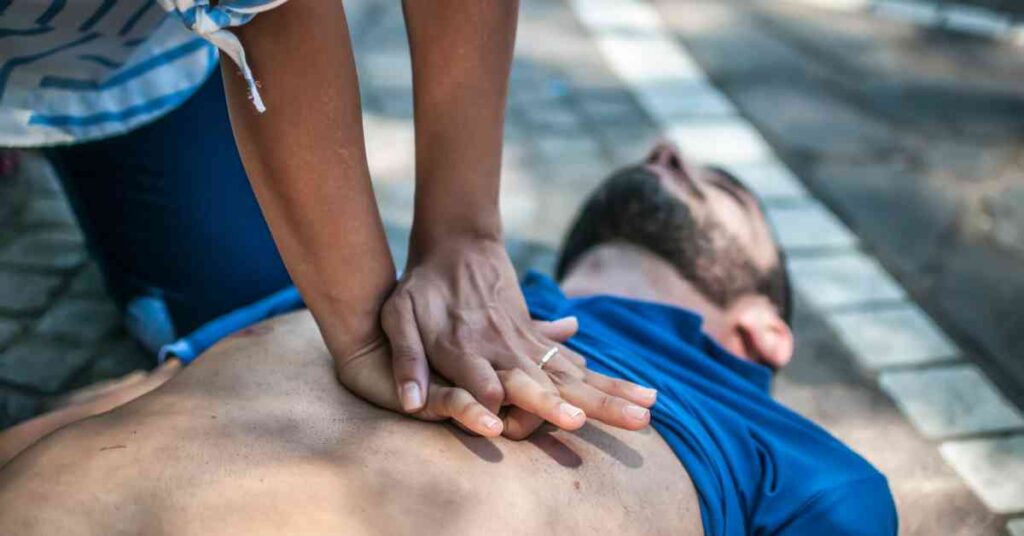
Imagine you’re at a park, and suddenly someone nearby collapses. They aren’t breathing, and there’s no sign of a heartbeat. It can be a scary situation, but knowing CPR, or Cardiopulmonary Resuscitation, can make all the difference. CPR is a simple yet powerful technique that helps keep blood and oxygen moving to the brain and other vital organs when the heart stops beating. By learning CPR, you can help save a life before emergency responders arrive.
CPR is slightly different depending on the age of the person—whether it’s an adult, child, or infant.
This blog will guide you through the steps of CPR for each age group, explaining how much pressure to use, where to place your hands, and how often to give breaths. These easy-to-understand techniques will help you feel ready to help someone in an emergency, no matter their age
Why Learning CPR is Important
When someone’s heart stops, their body no longer gets the oxygen it needs to survive. CPR involves chest compressions and rescue breaths, which manually pump blood and oxygen to the brain and vital organs. Knowing how to perform CPR can double or even triple a person’s chances of survival in cases of sudden cardiac arrest. Since adults, children, and infants have different needs, it’s important to know how to adjust CPR for each age group.
How to Perform CPR: Techniques for Adults, Children, and Infants
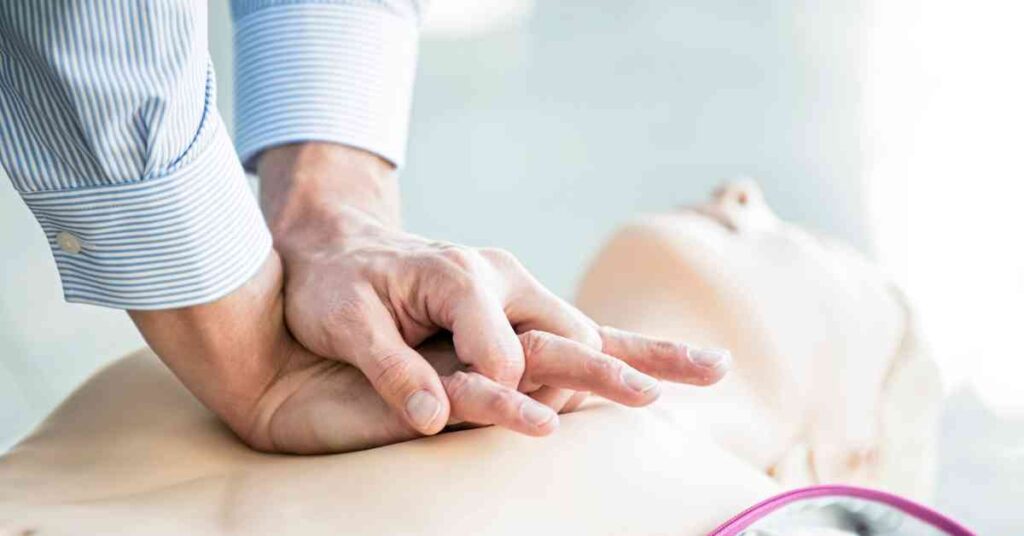
1. CPR for Adults
When an adult is unresponsive and not breathing, you can perform CPR following these steps:
- Step 1: Call for help. Have someone call emergency services or make the call yourself if you’re alone.
- Step 2: Check for breathing. If the person isn’t breathing, start CPR right away.
- Step 3: Place the heel of your hand on the centre of their chest. Place your other hand on top and interlock your fingers.
- Step 4: Push hard and fast, aiming for about 100–120 compressions per minute. Push down at least 5 cm (about 2 inches) with each compression.
- Step 5: After 30 compressions, give two rescue breaths if you’re trained to do so. Pinch the person’s nose, cover their mouth with yours, and blow to make their chest rise.
- Repeat the cycle of 30 compressions and two breaths until help arrives or the person begins to breathe.
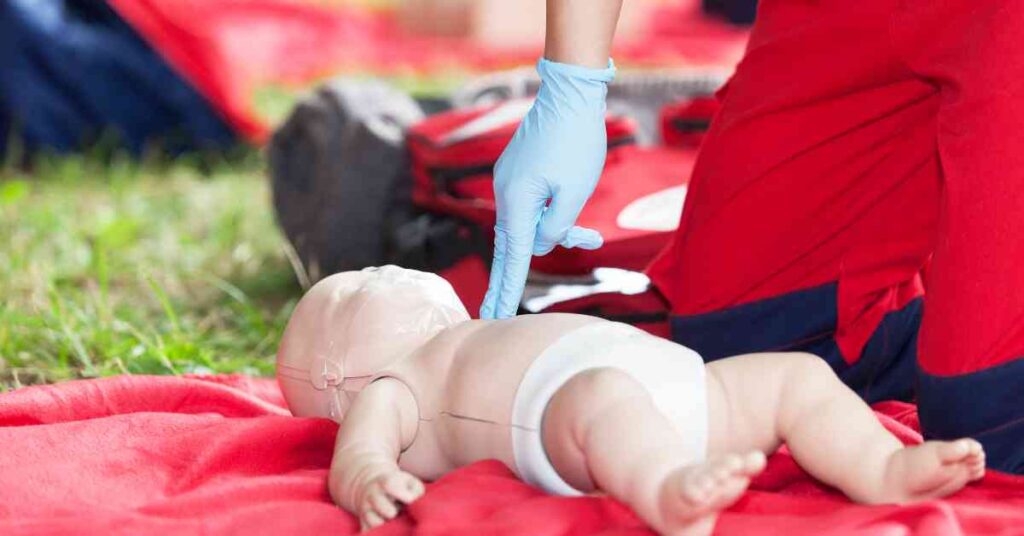
2. CPR for Children (1–8 years old)
CPR for children is similar to adult CPR but requires gentler compressions.
- Step 1: Call for help and check for breathing. If there’s no breathing, start CPR.
- Step 2: Use one hand instead of two on the centre of the child’s chest.
- Step 3: Give compressions about 5 cm deep (2 inches) but not as forcefully as with an adult. Try to aim for 100–120 compressions per minute.
- Step 4: After every 30 compressions, give two gentle breaths. Cover the child’s nose and mouth with yours and blow just enough to make their chest rise.
- Repeat the cycle of 30 compressions and two breaths until help arrives or the child begins to breathe.
3. CPR for Infants (Under 1 year old)
CPR for infants must be very gentle to avoid injury.
- Step 1: Call for help and check if the infant is breathing. If not, start CPR.
- Step 2: Use only two fingers (usually your index and middle fingers) on the centre of the infant’s chest.
- Step 3: Push down about 4 cm (1.5 inches) with each compression and aim for a rhythm of 100–120 compressions per minute.
- Step 4: After every 30 compressions, give two small breaths. Cover the infant’s nose and mouth with yours and blow gently, just enough to see their chest rise.
- Repeat the cycle of 30 compressions and two breaths until help arrives or the infant starts breathing.
Getting CPR Certified
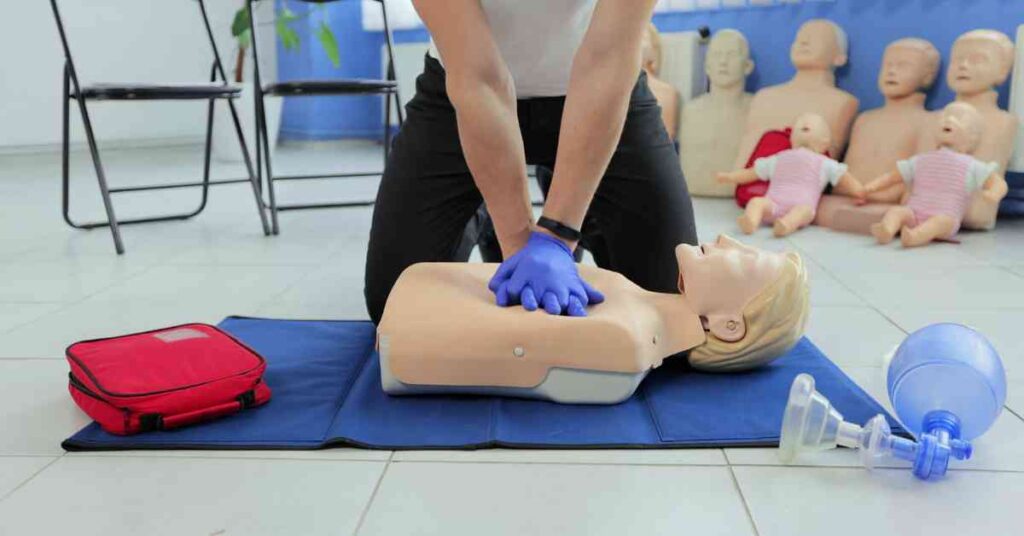
The best way to ensure you’re prepared to perform CPR correctly is by taking a certified CPR course. Many organisations, including the Australian Red Cross and local first aid providers, offer training that covers CPR for adults, children, and infants. Hands-on training not only teaches you the correct techniques but also builds confidence, so you’re ready to act when it counts.
Want more? We’ve got you covered…
Our Baby First Aid Courses
Our baby first aid courses are available in person in your home and online. We run classes in your home with groups of 2, 4 or up to 10 in Sydney & Melbourne and you can book in 3 easy steps!
- Pick your class
- Follow the prompts to purchase
- We will contact you within 24 hours to lock in your date of choice
Our First Aid Certificate Courses
We run most of the popular first aid courses Australia wide. HLTAID011 Provide First Aid, HLTAID009 Provide CPR, HLTAID012 Provide First Aid in an Education & Care Setting, RAMOAP (anaphylaxis), Mental Health first aid and CPR/LVR to name a few.
Book your public spot online or contact us if you have a group of 5+ people for onsite training.
Here are some other resources you may enjoy!
FREE GUIDE: Your Virtual Baby First Aid Kit
FREE GUIDE: Introducing Common Allergy Foods & Allergic Reactions
FREE Workplace Emergency Preparedness Plan: Grab this at the bottom of every page!
Follow for baby & child first aid and allergy info and tips on Instagram & TikTok, all @thenestcpr
